1. Chrysanthemums
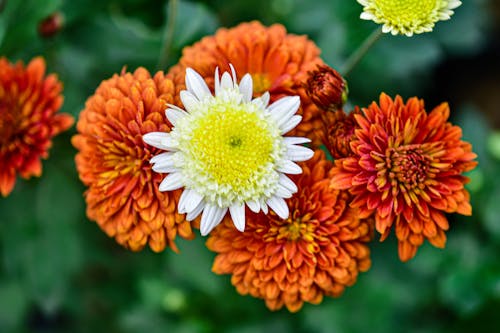
Chrysanthemums are famous for their autumn blooms, but thrips and aphids are major fans. Thrips feed on flower petals and buds, leaving streaks and discoloration behind. Aphids suck the sap, causing curled and deformed leaves. Together, they make the flowers look faded and stunted.
These pests target mums because of the constant bud production. Thrips in particular hide inside unopened flowers, making them hard to detect until damage is visible. Aphids multiply quickly on the fresh new growth mums constantly push out. If you want long-lasting blooms, bugs are often the price you pay.
2. Sweet Alyssum
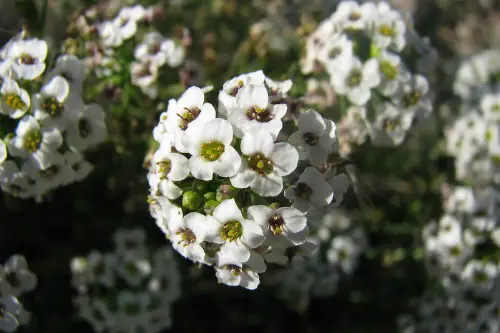
Sweet alyssum may look innocent with its tiny white flowers, but it’s a magnet for aphids. These pests love to cluster on the stems and undersides of the leaves, draining the plant’s juices. Once aphids set up camp, they spread quickly and can leave sticky honeydew behind. That honeydew, in turn, attracts ants—so now you’ve got two bugs instead of one.
The reason aphids love alyssum is the plant’s constant nectar flow. While pollinators like bees enjoy it too, the balance tips quickly once aphids arrive in force. Ants will actually “farm” aphids on alyssum to keep the honeydew supply flowing. If you’re not careful, a few pretty flowers can spiral into a full-on infestation.
3. Hostas
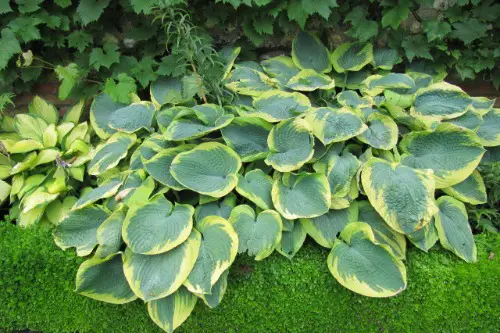
Hostas are known for their lush, broad leaves, but those same leaves are a buffet for slugs. Slugs prefer moist, shaded environments, which hostas naturally provide. Overnight, they’ll chew large, irregular holes in the leaves, leaving a shredded look. Their slimy trails on the foliage and soil are a dead giveaway.
What makes hostas especially vulnerable is the leaf shape and how close they grow to the ground. The dense canopy creates a cool, damp microclimate slugs adore. Once established, slugs can be extremely difficult to manage without traps or barriers. For gardeners dreaming of pristine foliage, hostas are a frustrating gamble.
4. Roses
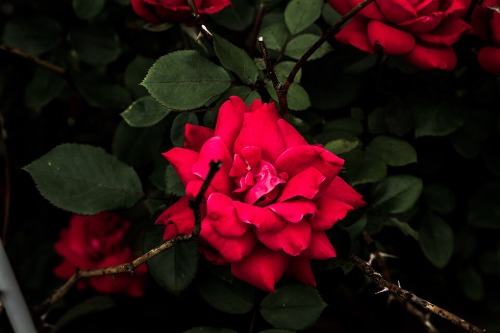
Roses might be the queen of the garden, but they are also a bug’s best friend. Japanese beetles, aphids, and thrips are all drawn to them. These insects chew on the petals, buds, and leaves, leaving disfigured blooms behind. You might notice skeletonized leaves or buds that never open properly.
The fragrance and rich nectar make roses irresistible to pests. Japanese beetles especially enjoy congregating in large numbers on roses, multiplying the damage. Thrips can hide deep inside buds, making them harder to spot until the flowers emerge twisted or stunted. For all their beauty, roses require serious vigilance against bugs.
5. Petunias
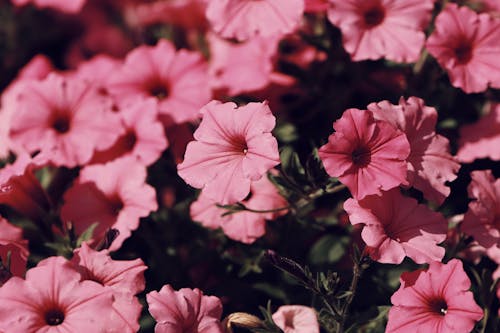
Petunias are popular for their bright blooms, but they are also a favorite snack for caterpillars. Budworms, in particular, chew straight through the flower buds, preventing them from opening. This makes for a disappointing display if you’re counting on color all season long. The plants can also attract aphids, compounding the problem.
The vulnerability comes from petunias’ soft tissue and constant production of new growth. Bugs that prefer delicate plant matter find plenty to chew on here. Once the flowers are damaged, petunias often struggle to bounce back. For all their easy-care reputation, petunias are surprisingly high maintenance when bugs move in.
6. Marigolds
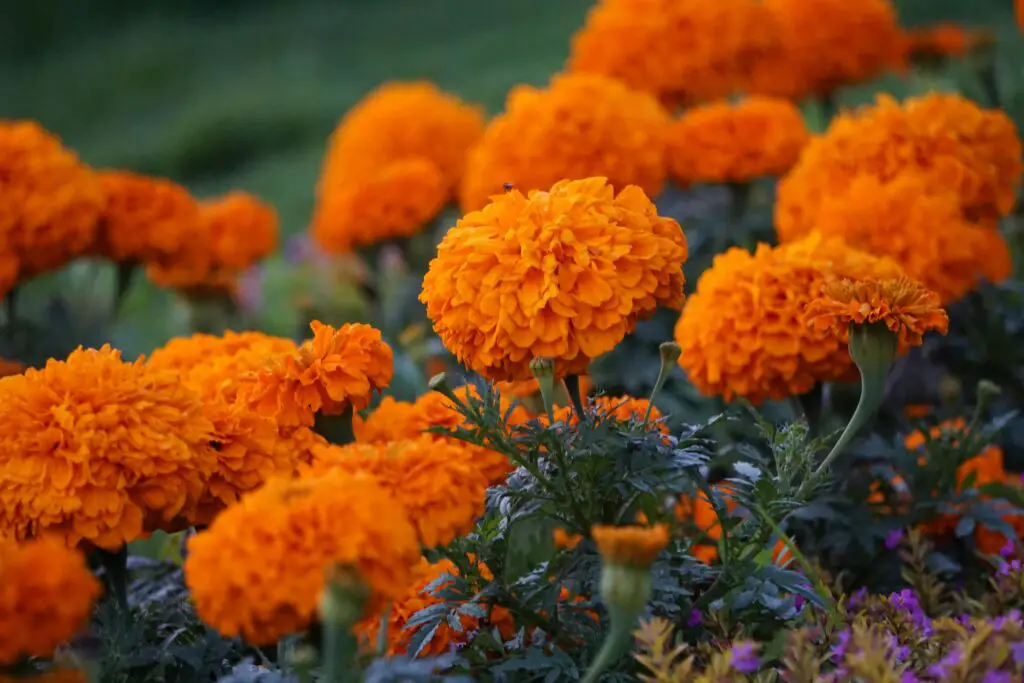
Marigolds are often planted as a natural pest deterrent, but they ironically attract spider mites and slugs. Spider mites can leave yellow stippling on the leaves and spin fine webbing over the plant. Slugs will devour the flowers and leaves alike, leaving ragged edges behind. It’s not unusual to wake up to half a plant gone overnight.
Their strong scent, while off-putting to some insects, seems to draw others in. Marigolds’ tender petals are irresistible to slugs, particularly after rain. Spider mites thrive in the dry, warm conditions marigolds often grow in. The result is a plant that looks good in theory but becomes a magnet for different pests in practice.
7. Lavender
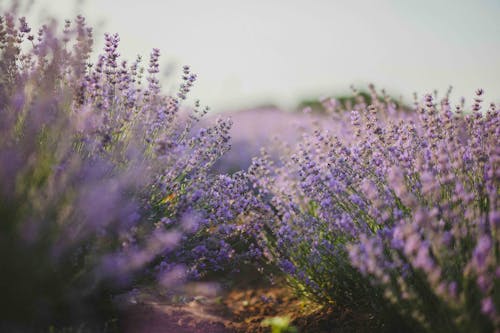
Lavender might smell soothing to humans, but spittlebugs find it the perfect host. These bugs produce foamy masses on stems that look like spit, which is how they got their name. While not highly destructive, they weaken plants by sucking sap. The foam is unsightly and makes pruning or harvesting unpleasant.
Lavender’s woody stems and constant growth give spittlebugs plenty of hiding spots. They’re especially active in humid weather when foam production helps them stay hydrated. Although lavender is resistant to many insects, spittlebugs are persistent once they’ve found a plant. You’ll spend more time cleaning off frothy messes than enjoying the aroma.
8. Tomatoes
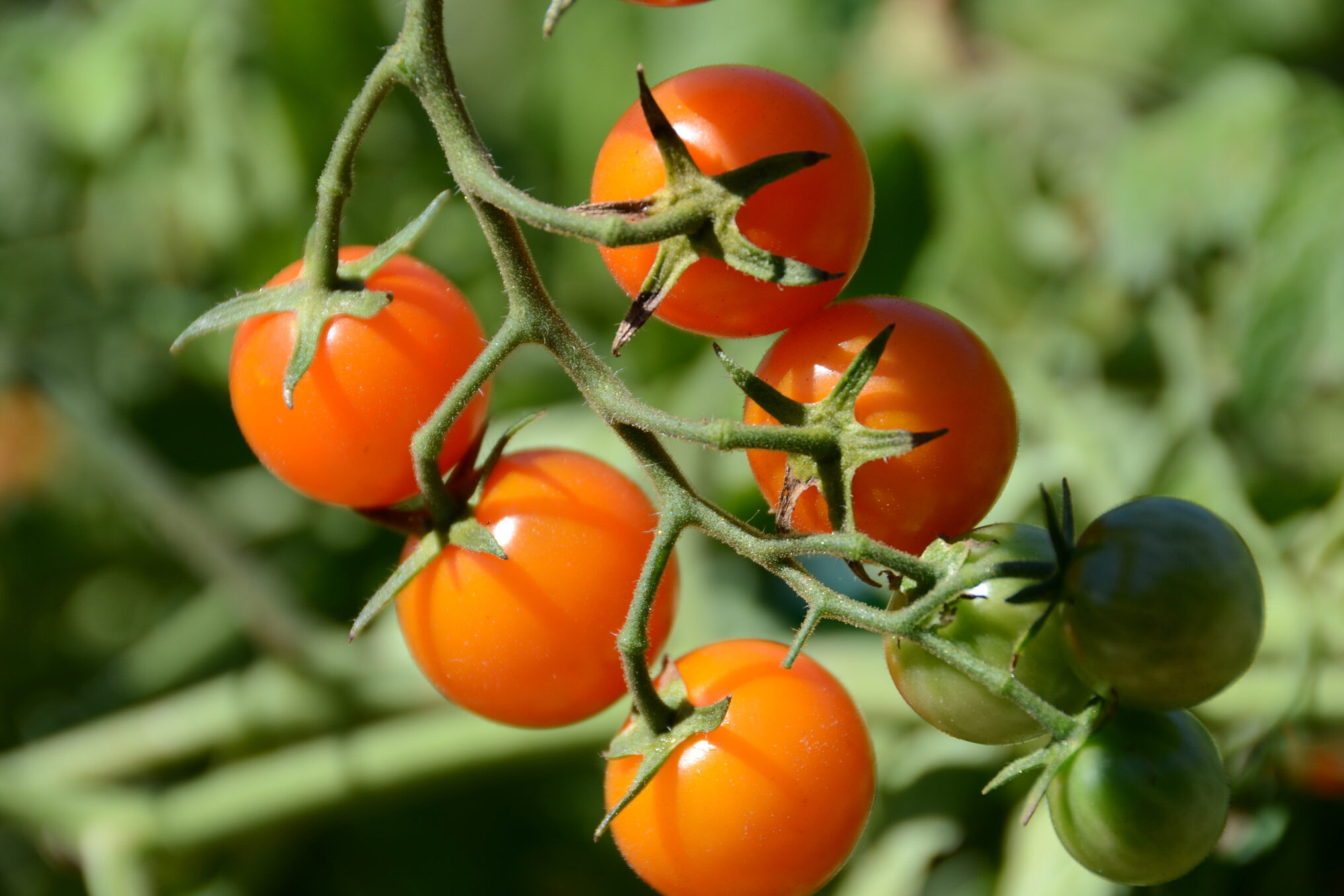
Tomatoes may be a garden staple, but they attract a whole spectrum of bugs. Tomato hornworms are the most infamous, capable of stripping a plant bare overnight. Whiteflies, aphids, and spider mites are also common culprits, sucking juices and weakening the plant. Damaged leaves turn yellow, curl, or fall off completely.
The lush, tender foliage is what draws so many pests. Hornworms in particular can grow several inches long, making them formidable eaters. Because tomatoes are grown so widely, pests are always nearby and ready to invade. Once one bug appears, others usually follow, leading to a constant battle.
9. Fuchsias
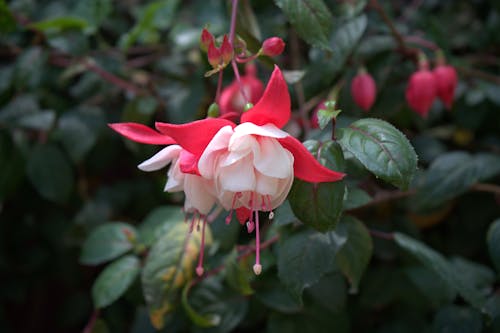
Fuchsias look delicate and exotic, but they are highly attractive to whiteflies. These tiny pests swarm the undersides of leaves, sucking sap and leaving sticky residue behind. The result is weak, yellowing foliage that drops prematurely. Severe infestations can even stop the plant from blooming.
Whiteflies thrive on fuchsias because of their dense, leafy canopy. The shaded, humid environment gives them the perfect breeding ground. Once they take hold, they multiply fast, creating a cloud of insects every time you touch the plant. For something meant to be ornamental, fuchsias can turn into a maintenance headache.
10. Hydrangeas
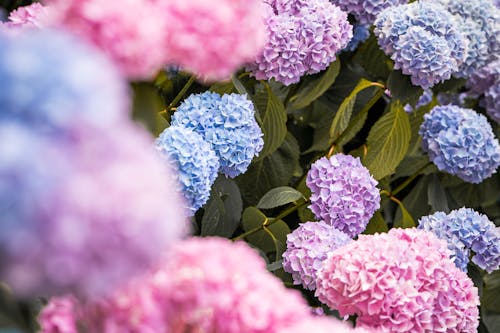
Hydrangeas are loved for their big, colorful blooms, but Japanese beetles and aphids love them even more. Beetles skeletonize the leaves, while aphids cluster on stems and buds. The result is drooping flowers and damaged foliage. In some cases, entire clusters of blooms fail to open properly.
Their wide, soft leaves are an open invitation for beetles, which prefer tender tissue. Aphids also enjoy the constant flow of new growth hydrangeas put out. While the damage won’t usually kill the plant, it can ruin its ornamental value. If you’re dreaming of picture-perfect flowers, bugs will often get there first.
11. Zinnias
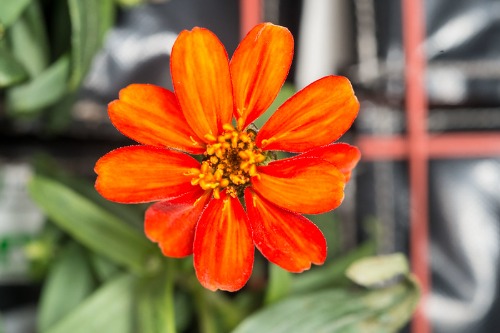
Zinnias are vibrant and hardy, but they attract spider mites, leafhoppers, and aphids. Spider mites in particular can turn those bright blooms dull by draining plant sap. Leafhoppers spread diseases that cause leaves to yellow and curl. Before long, your zinnias can look more sickly than cheerful.
The constant production of flowers makes zinnias a regular stop for bugs that thrive on fresh tissue. They grow fast, which means pests always have something tender to chew. Hot, dry conditions that zinnias love also boost spider mite populations. You might spend more time spraying and pruning than enjoying the display.
12. Sunflowers

Sunflowers look bold and tough, but they are highly attractive to beetles, aphids, and moth larvae. Beetles chew ragged holes in the leaves, while caterpillars target the seeds and buds. Aphids gather on the stems and can stunt overall growth. All these pests reduce both the aesthetic and seed yield of the plant.
The large leaves and thick stems provide ample food and shelter. Caterpillars in particular love burrowing into the developing flower heads. Because sunflowers are often grown en masse, pests can spread quickly from one plant to the next. Even though they’re iconic summer flowers, they’re rarely bug-free.
13. Basil
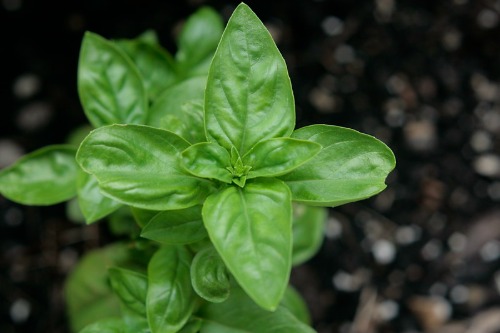
Basil smells amazing to humans, but it’s equally appealing to pests like Japanese beetles, aphids, and whiteflies. These insects feed on the tender leaves, leaving them mottled or full of holes. Whiteflies are particularly frustrating, clouding up into the air when you brush past the plant. They also leave behind sticky residue that invites mold.
Part of the problem is basil’s soft, fragrant foliage, which is easy for pests to chew or pierce. It’s a herb that rarely gets to full maturity outdoors without some kind of battle. Even caterpillars can get in on the action, munching entire leaves overnight. If you’re planting basil for pest-free summer pasta, you may need to keep it inside.
14. Impatiens
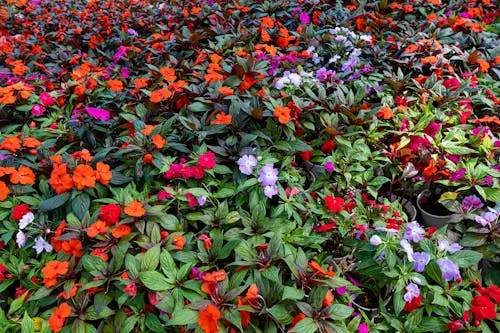
Impatiens are prized for their shady blooms, but they draw aphids and thrips like magnets. Both insects weaken plants by draining sap, leading to wilted and yellowing leaves. The flowers may fail to open or drop prematurely. If left unchecked, the plant can collapse entirely.
What makes impatiens so appealing is their tender stems and soft leaves. Bugs don’t need to work hard to get what they want here. Because impatiens are grown so densely, infestations spread quickly from plant to plant. They may brighten a dark corner, but they come with pest baggage.
15. Geraniums
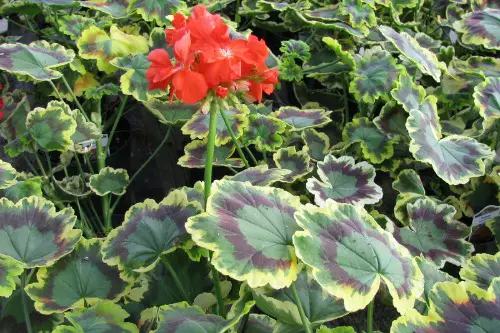
Geraniums are often marketed as low-maintenance, but caterpillars and aphids beg to differ. Budworms chew right through the flower buds, leaving blooms ragged or unopened. Aphids cluster along the stems, leaving sticky residue that attracts ants. The plant can look tired and bare long before the season ends.
The reason geraniums attract these pests is their tender new growth and constant flowering habit. Budworms in particular zero in on the flower buds, ruining the very thing people grow them for. Aphids simply take advantage of the plentiful sap supply. For a “tough” plant, geraniums surprisingly roll out the welcome mat for bugs.
This post 15 Patio Plants That Attract Bugs You Never Wanted was first published on Greenhouse Black.
